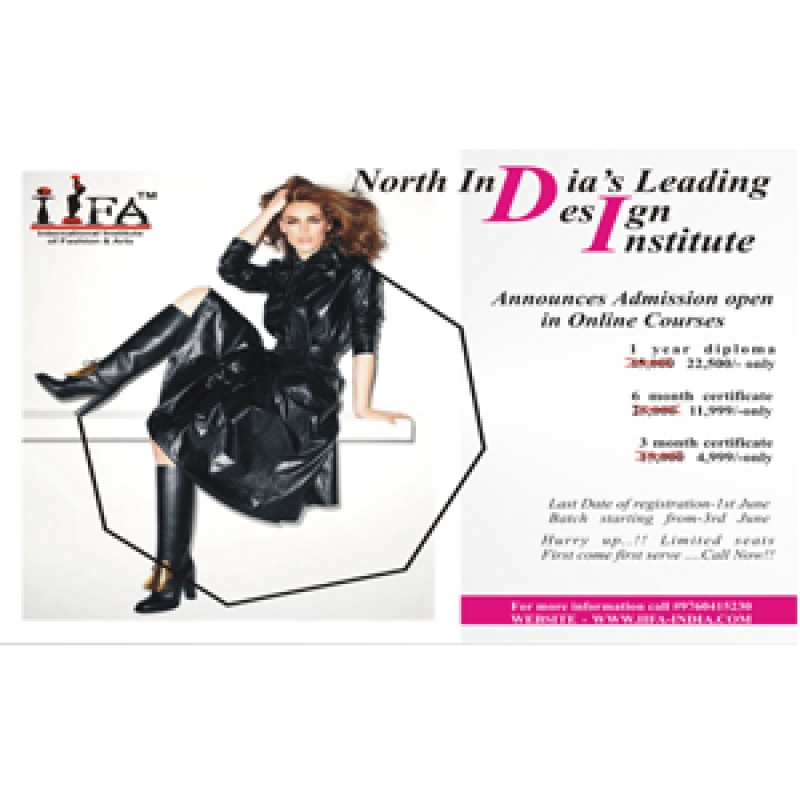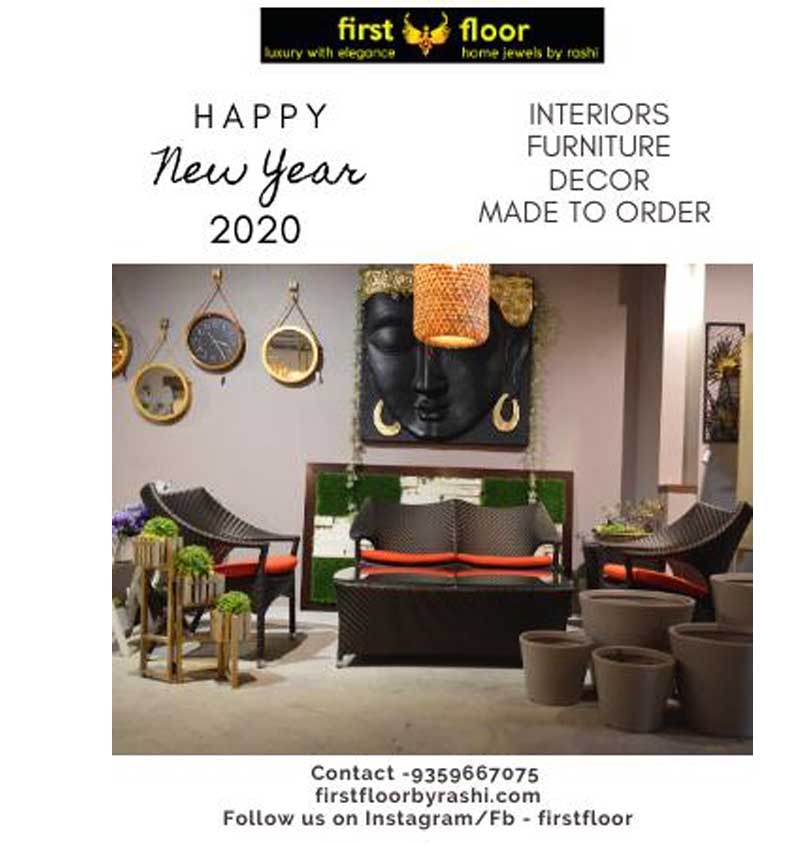The words “fashion” and “style” are often used interchangeably, yet they hold distinct meanings and play different roles in the world of personal expression and aesthetics. While both revolve around clothing, accessories, and presentation, understanding the nuances between them can help refine how we choose to present ourselves to the world.
What is Fashion?
Fashion is a collective phenomenon, a reflection of the ever-changing trends dictated by designers, influencers, and cultural movements. It is what you see on the runways of Paris, Milan, and New York, in glossy magazine spreads, and in the latest collections of high-street brands. Fashion operates in cycles, with certain colors, silhouettes, and patterns taking center stage for a season before being replaced by the next big thing.
Fashion is often a product of time and place. The oversized blazers of the 1980s, the low-rise jeans of the 2000s, or the minimalist aesthetics of the 2010s each represent specific eras. By its nature, fashion is fleeting and thrives on novelty, encouraging consumers to constantly update their wardrobes to keep up with the times.
What is Style?
Style, on the other hand, is deeply personal. It’s about how an individual chooses to interpret fashion and make it their own. While fashion is external, style is internal—a reflection of personality, preferences, and even values. Unlike fashion, which is transient, style is timeless. A person with great style knows how to select pieces that suit their body, lifestyle, and the image they wish to project, irrespective of current trends.
Style doesn’t necessarily require following fashion. Consider icons like Audrey Hepburn or Steve Jobs. Their distinct styles have remained influential long after their time, largely because they knew how to stay true to themselves. Hepburn’s classic elegance and Jobs’ minimalist uniform of black turtlenecks and jeans demonstrate that style is more about consistency and confidence than constantly chasing the latest trends.
Key Differences Between Fashion and Style
| Aspect | Fashion | Style |
|---|---|---|
| Nature | Dynamic and trend-driven | Personal and enduring |
| Influence | Designers, brands, and cultural movements | Individual personality and taste |
| Lifespan | Seasonal or short-lived | Timeless |
| Expression | Conformity to trends | Individuality and self-expression |
| Objective | Staying current and on-trend | Feeling confident and authentic |
How to Balance Fashion and Style
While fashion and style are distinct, they are not mutually exclusive. Many people use fashion as a tool to enhance their style. Here are some tips for striking a balance:
-
Know Your Core Style: Identify what makes you feel confident and comfortable. This serves as the foundation for incorporating fashion trends.
-
Pick Trends Wisely: Not every trend will align with your style. Choose elements that resonate with you and integrate them subtly.
-
Invest in Classics: Build a wardrobe with timeless pieces like a tailored blazer, a little black dress, or quality denim. These staples can anchor your style regardless of current fashions.
-
Experiment Mindfully: Use accessories or small details to play with trends without overhauling your wardrobe.
-
Be Authentic: Authenticity is the cornerstone of true style. Wear what feels right for you, not just what’s “in.”
Conclusion
Fashion and style are two sides of the same coin. Fashion provides inspiration, offering new ideas and perspectives, while style is the unique lens through which we interpret and adapt those ideas. Together, they allow for endless creativity and self-expression. By understanding and embracing the difference, you can develop a personal aesthetic that’s both current and authentically you.



















Your Message